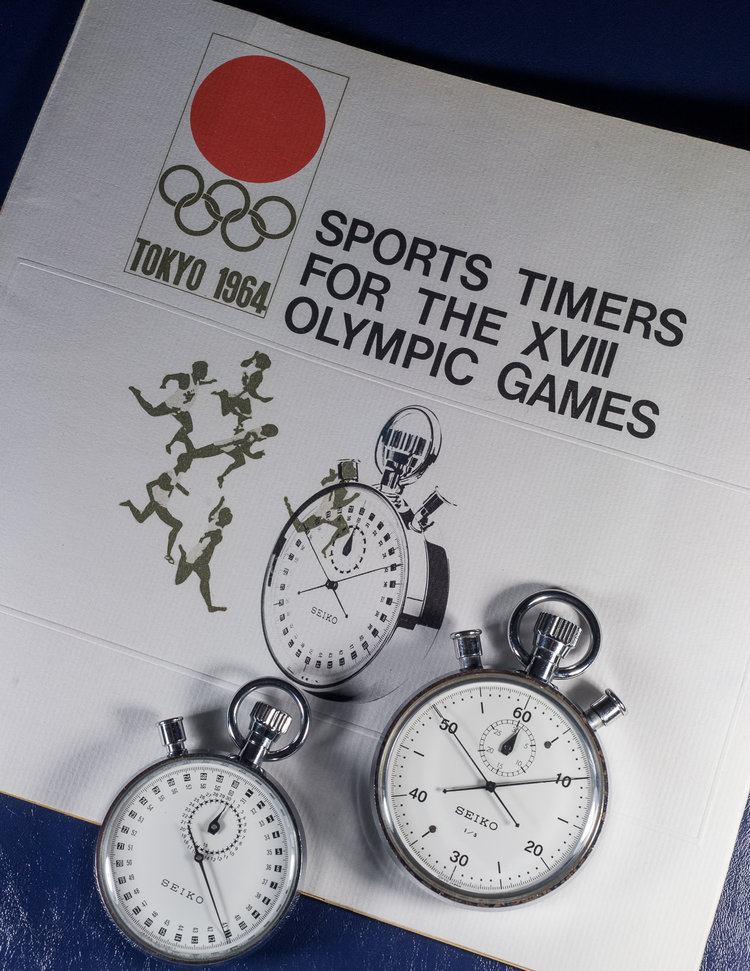 Editor’s note: Seiko is a brand with a pretty incredible history. And a lot of this history goes under the radar, to be honest. Which is why, when Sandra visited Tokyo last year we strongly suggested she make a detour to Seiko’s Museum. Here’s what she learned … If you’re ever in Tokyo, I strongly recommend making time for a detour to Sumida. Where? A residential area north of Tokyo Skytree – a bit of a backwater, to be honest. Why? For the Seiko Museum. Even if you’re not particularly a Seiko fan, it’s full of horological discoveries. And if you weren’t a Seiko fan before, you probably will be afterwards. Here are just a few of the many reasons why: The name Seiko’s founder, Kintaro Hattori, started his business in 1881; about a decade later, he opened his own factory – naming it Seikosha. The museum guide told me that Seiko is the Japanese word for “precise”. Wadokei – seasonal clocks Until 1872, timekeeping was based on seasonal variations, rather than the “fixed hours system” we are familiar with – where the length of a day is divided into equal portions, or hours. The “seasonal time system” used in Japan…
Editor’s note: Seiko is a brand with a pretty incredible history. And a lot of this history goes under the radar, to be honest. Which is why, when Sandra visited Tokyo last year we strongly suggested she make a detour to Seiko’s Museum. Here’s what she learned … If you’re ever in Tokyo, I strongly recommend making time for a detour to Sumida. Where? A residential area north of Tokyo Skytree – a bit of a backwater, to be honest. Why? For the Seiko Museum. Even if you’re not particularly a Seiko fan, it’s full of horological discoveries. And if you weren’t a Seiko fan before, you probably will be afterwards. Here are just a few of the many reasons why: The name Seiko’s founder, Kintaro Hattori, started his business in 1881; about a decade later, he opened his own factory – naming it Seikosha. The museum guide told me that Seiko is the Japanese word for “precise”. Wadokei – seasonal clocks Until 1872, timekeeping was based on seasonal variations, rather than the “fixed hours system” we are familiar with – where the length of a day is divided into equal portions, or hours. The “seasonal time system” used in Japan…
The post 7 fun facts I discovered at the Seiko Museum appeared first on Time and Tide Watches.
Continue reading ‘7 fun facts I discovered at the Seiko Museum’